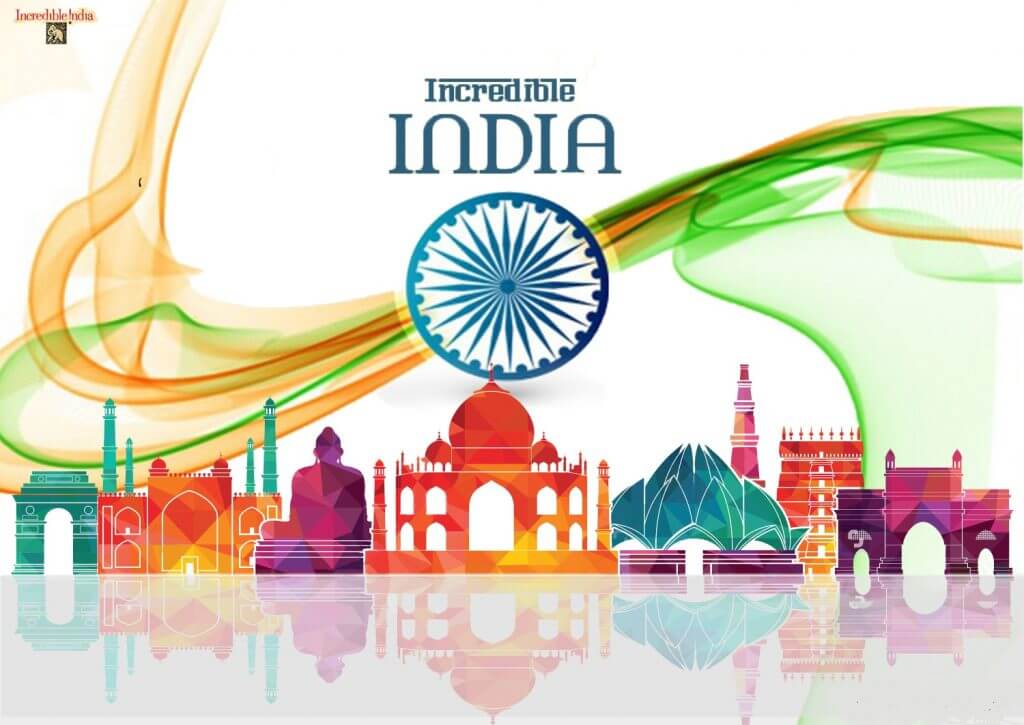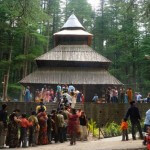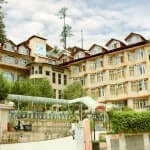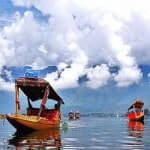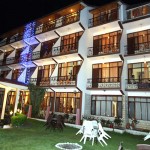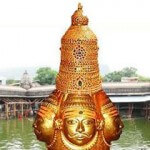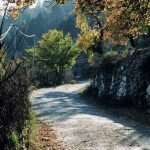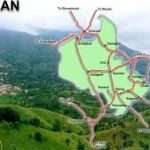Tourism in India
Tourism in India
Tourism in India is economically important and is growing rapidly. The World Travel & Tourism Council calculated that Tourism in India generated US$220 billion or 9.6% of the nation’s GDP in 2016 and supported 40.343 million jobs, 9.3% of its total employment.
The sector is predicted to grow at an annual rate of 6.8% to US$440 billion by 2027 i.e. 10% of GDP.
In October 2015, India’s medical tourism sector was estimated to be worth US$3 billion. It is projected to grow to $7–8 billion by 2020. In 2014, 184,298 foreign patients traveled to India to seek medical treatment.
About 8.89 million foreign tourists arrived in India in 2016 compared to 8.027 million in 2015, recording a growth of 10.7%. Domestic tourist visits to all states and Union Territories numbered 1,036.35 million in 2012, an increase of 16.5% from 2011. In 2014, TN, Maharashtra and UP were the most popular states for tourists.
The five most visited cities of India have Delhi, Mumbai ,Chennai, Agra and Jaipur by foreign tourist during the year 2015.
The Travel & Tourism Competitiveness Report 2017 ranks India 40th out of 136 countries overall. The report ranks the price competitiveness of India’s tourism sector 10th out of 136 countries.
It mentions that India has quite good air transport (ranked 32nd), particularly given the country’s stage of development, and reasonable ground transport infrastructure (ranked 29th).
The country also scores high on natural and cultural resources (ranked 9th). Some other aspects of its tourism infrastructure remain somewhat underdeveloped however. The nation has very few hotel rooms per capital by international comparison and low ATM penetration.
Political Support to Tourism
The Ministry of Tourism in India designs national policies for the development and promotion of tourism. In the process, the Ministry consults and collaborates with other stakeholders in the sector including various Central Ministries/agencies, state governments. Union Territories and the representatives of the private sector.
New forms of tourism is making to promote concerted effort such as cruise, rural, medical and Eco-tourism. The Ministry also maintains the Incredible India campaign focused on promoting tourism.
Permissions and Visa policies for tourists
There are 36 World Heritage Sites in India that are recognized by the United Nations Educational, Scientific and Cultural Organization (UNESCO) as of August 2017.
A Protected Area Permit (PAP) is required to enter the states of Nagaland and Sikkim and some parts of the states of Arunachal Pradesh, Himachal Pradesh, Jammu and Kashmir, Manipur, Mizoram, Rajasthan and Uttaranchal.
A Restricted Area Permit (RAP) is required to enter the Andaman and Nicobar Islands and parts of Sikkim. Special permits are needed to enter Lakshadweep Islands.
India requires citizens of most countries to have a valid passport and apply for a visa at their local Indian embassy or consulate, before they travel. They can apply directly by mail or in person, or through their local travel services company.
India has recently implemented an online method for citizens of 40 countries to apply and receive an e-Tourist Visa. Nationals of Bhutan, Maldives and Nepal do not need a visa.
Citizens of Afghanistan, Argentina, Bangladesh, DPR Korea, Jamaica, Maldives, Mauritius, Mongolia, Nepal, South Africa and Uruguay are not required to pay a fee when obtaining Indian visa

